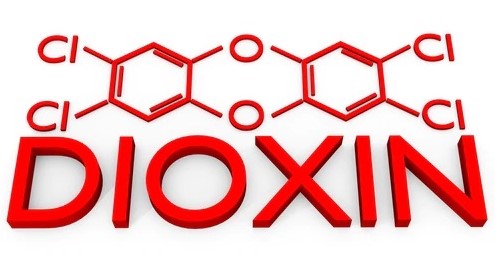April 14, 2020
DEP Milestones: It’s 1983,
Investigators Dig Up Contamination at Newark Pesticide Plant
If your face is famous because you’ve starred in a popular movie or topped the Forbes list of wealthiest people on the planet, you’re probably considered a member of the A-list. (P.S. Just about everybody dreams of being on this list.)
Conversely, if your face is famous because you’ve committed a particularly heinous crime, you’re probably a candidate for the FBI’s 10 Most Wanted Fugitives list. (P.S. Just about everybody would consider it a nightmare to be on this list.)
 Then, there’s the National Priorities List of Superfund sites. This list, compiled by the U.S. Environmental Protection Agency, catalogs “sites of national priority among the known releases or threatened releases of hazardous substances, pollutants, or contaminants throughout the United States and its territories,” according to the EPA.
Then, there’s the National Priorities List of Superfund sites. This list, compiled by the U.S. Environmental Protection Agency, catalogs “sites of national priority among the known releases or threatened releases of hazardous substances, pollutants, or contaminants throughout the United States and its territories,” according to the EPA.
The former Kil-Tone Company in Vineland was the most recent New Jersey site to be added to the list; its designation came on April 7, 2016. The NPL describes the FKT site as “manufacturing arsenic-based pesticides” from the late 1910s through the late 1930s. And though it is now the location of a commercial sign maker, the NPL describes the site as having “soil contaminated with arsenic and lead above health-based benchmark concentrations.”
Right now, there are 1,335 sites on this Superfund list, including 114 in New Jersey – some of them dating back 37 years, including the Diamond-Alkali Co. in Newark.
And now, a look at 1983 …
In the summer of 1983, DEP investigators conducting soil tests discovered extremely high levels of dioxin at the Diamond-Alkali Company’s pesticide plant in the Ironbound section of Newark, prompting then-Governor Thomas H. Kean to declare a state of emergency and authorize the DEP to take immediate measures to protect human health and safety.
Polychlorinated dibenzo-dioxins, commonly referred to simply as “dioxin,” is a class of chemicals that includes 2,3,7,8-tetrachlorodibenzo-p-dioxin (2,3,7,8-TCDD) – among the most toxic synthetic chemicals ever developed and a major byproduct in the manufacture of Agent Orange.
Following the discovery, DEP scientists immediately undertook aquatic studies of sediment and biota in the nearby Passaic River to uncover the full extent of the contamination. The next year (1984), Diamond-Alkali was added to the National Priorities List of Superfund sites.
###